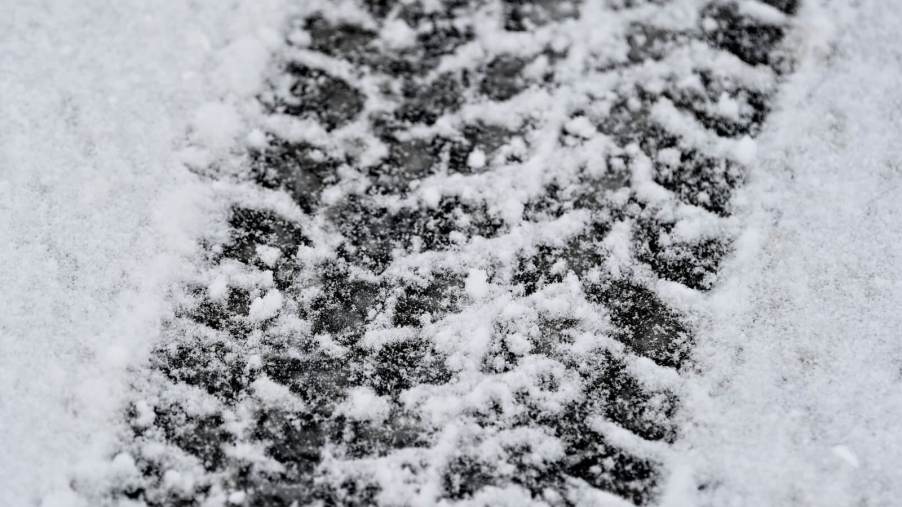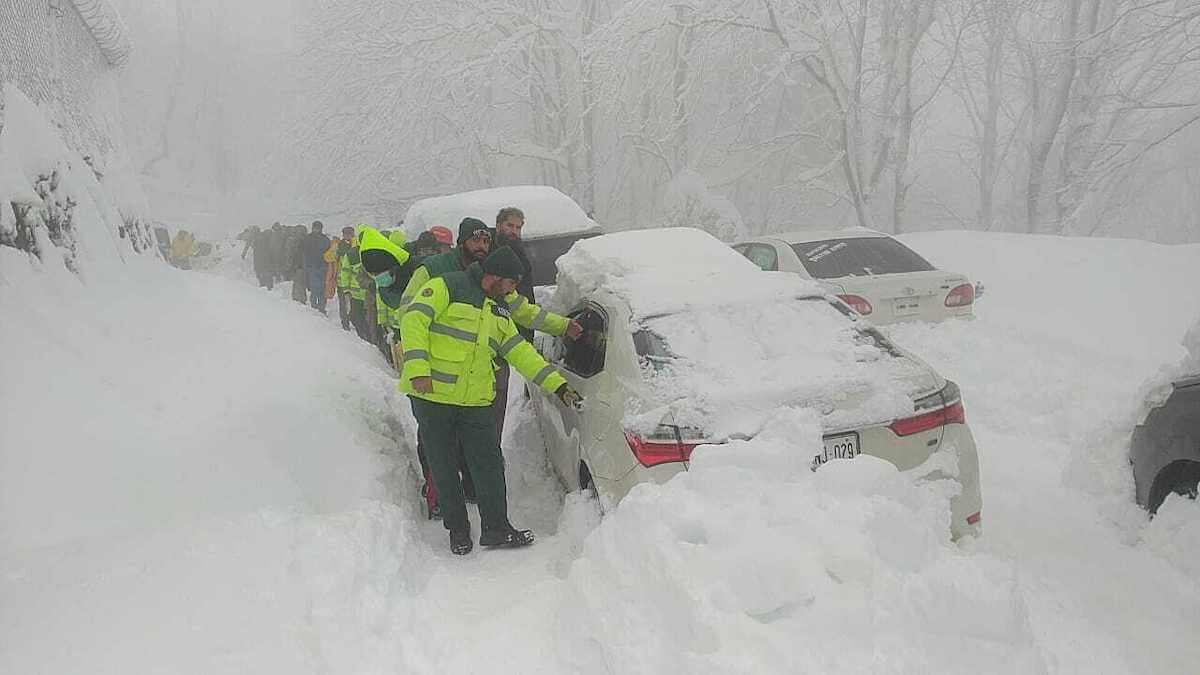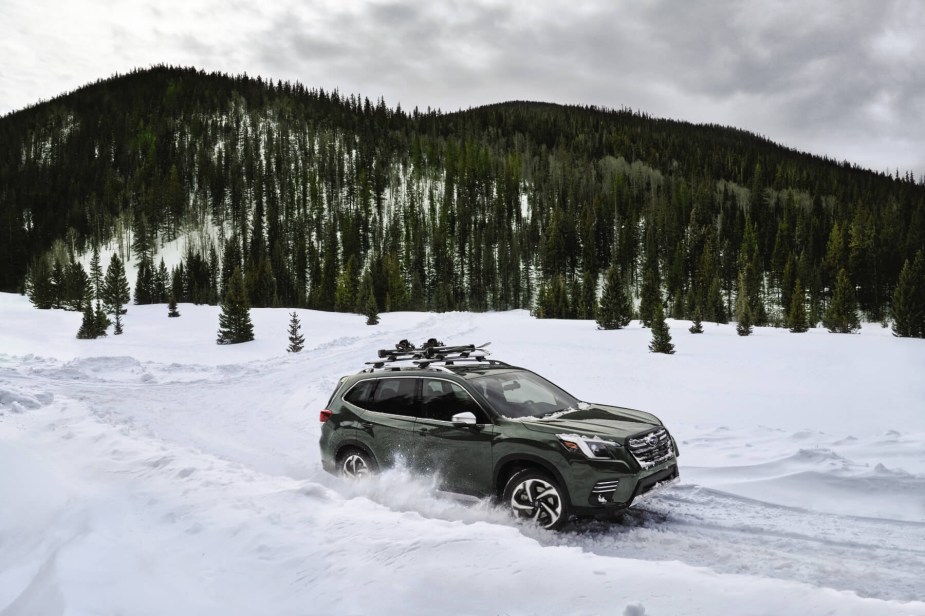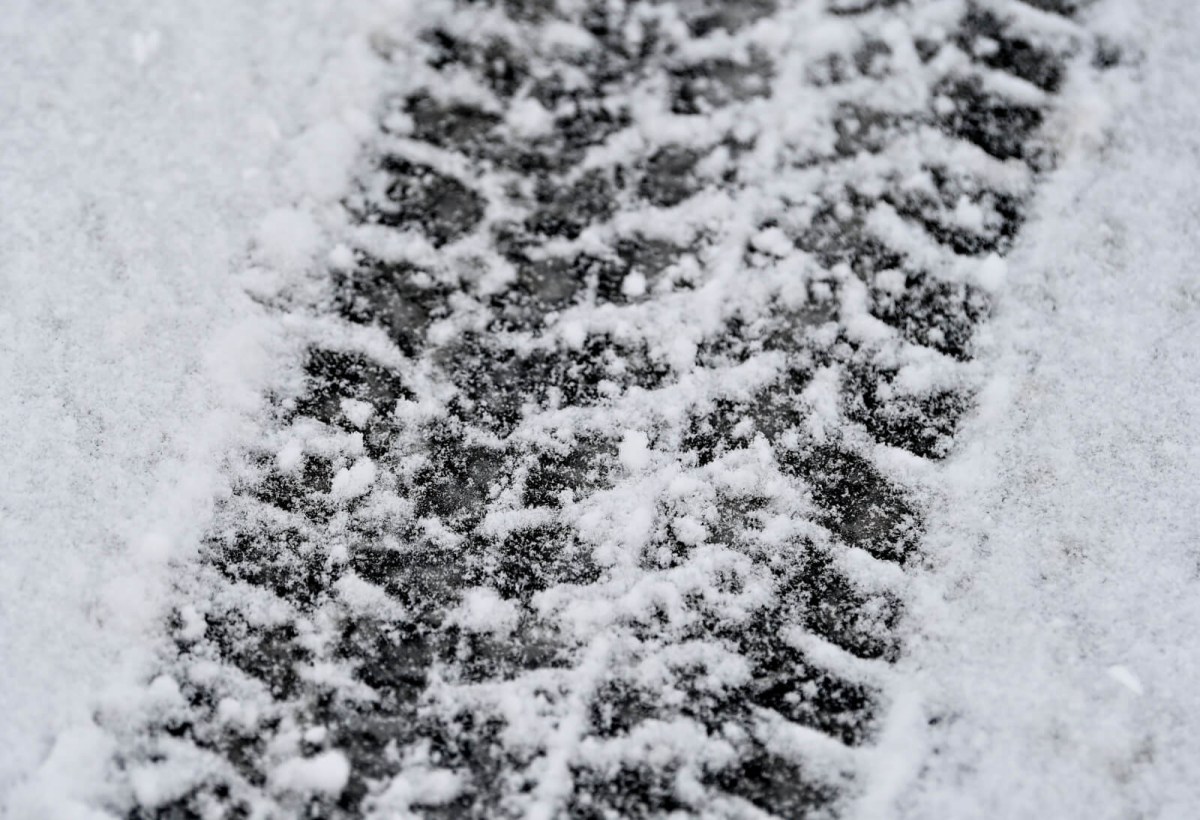
How to Practice Driving in the Snow
With the recent blizzards in California and other parts of the country, countless videos surfaced showing stranded motorists and crashes. And while anyone can get caught in a similar situation, knowing how to drive in the snow and when to simply cancel your plans are important factors in staying safe during winter driving. If you’re looking to practice driving in the snow, these three tips can help make sure you’re getting the skills you need.

1. Find an open, empty parking lot
If you want to practice driving in the snow, find an open area with as few obstacles as possible. Abandoned parking lots are perfect for this, as long as there aren’t dozens of light poles in the way. In essence, you’re looking for a place to set up your own temporary skid pad, where you’ll test both the limits of your specific vehicle and hone your skills behind the wheel.
2. Start with braking

One of the hardest things to understand when you’re inexperienced with snow driving is how the car will react when braking. Not only is the stopping distance drastically longer in the snow, but the car will move around underneath you, even with anti-lock brakes.
Start your snow driving practice by gently accelerating to 25 mph, then ease into the brakes until you start to slide. By doing this repeatedly, you’ll begin to understand the amount of brake you can use to stop safely and how long it takes your vehicle to slow down. Just keep in mind that not every snowstorm is equal, so this is just a baseline of information to make your first snow-driving experience a safer one.
3. Set up a course to practice cornering

Assuming the empty lot you’ve chosen is big enough, you can set up a course to practice cornering in snowy conditions as well. Pick up cones from the sporting goods store, or just use that cache of empty coffee cups in the back seat to set up a course that will test your cornering capabilities.
Steering in the snow is vastly different than doing so on dry roads because there is considerably less feel through the steering wheel. Because of the low grip, your wheel will offer much less feedback, so you’ll have to have a more thorough understanding of what your car is doing to drive with confidence.
When practicing your snow driving skills, it isn’t enough to reliably make it around a corner without slipping. You want to push beyond those limits to understand how your car will react in a slide, so you have the information if you need it later. Even Car and Driver agrees.
That doesn’t mean you need to do a Ken Block impression the next time you need to drive in a snowstorm. But it will mean that if your car starts sliding on a particularly slippery stretch of road, you’ll recognize it and know what to do to get things back under control.
Have fun with it!
Learning how to drive in the snow should be taken seriously, but that doesn’t mean you can’t have fun along the way. Sliding a car around can be a blast, and all the while you’ll learn how the car reacts to your inputs. Keep that information in mind and you’ll have confidence on winter roads for years to come.



